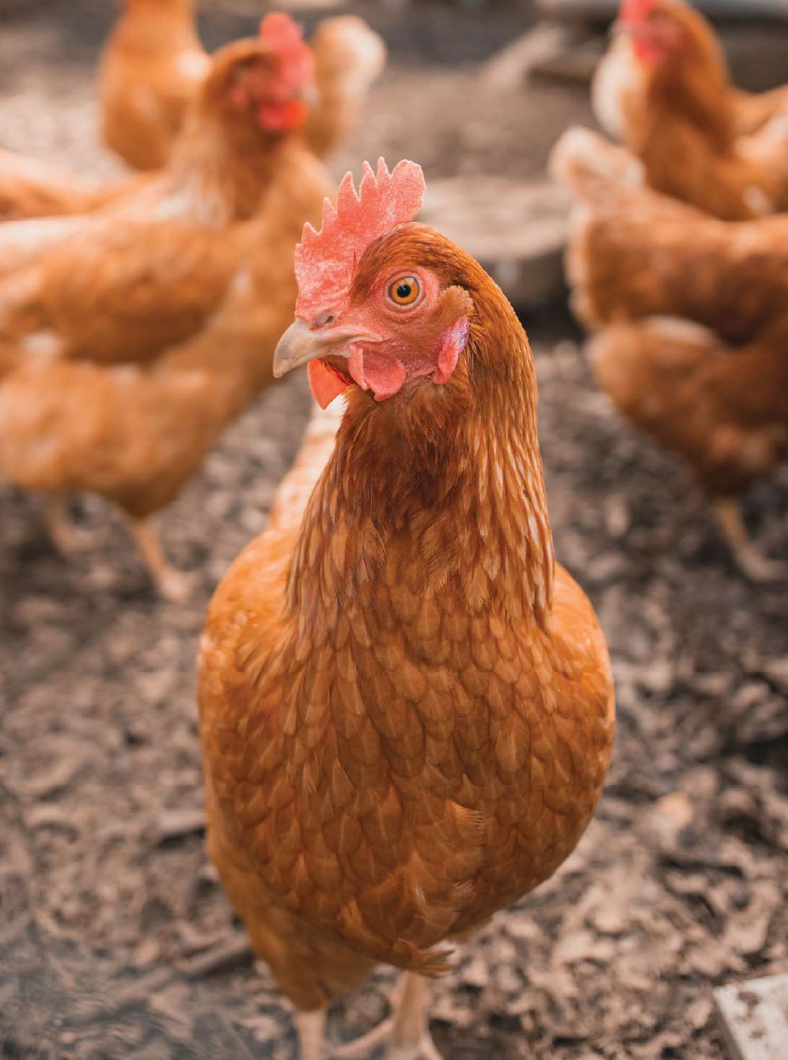January 2021
| Marius Greyling, Pula Imvula contributor. Send an email to mariusg@mcgacc.co.za |
 |
We find ourselves amidst the Covid-19 pandemic and the resultant lockdown and we can assume with a great amount of certainty that the lockdown will still be with us for quite some time. The lockdown, which is an abnormal situation, has influenced our people in different ways. As consumers, people who buy their food, their preferences and buying patterns have changed.
Briefly, according to reports the characteristics of the consumers in South Africa can be summarised that the size of the average household is decreasing in terms of members per household, our population are becoming more literate, more urbanised and younger, and debt levels are increasing. Added to this the lockdown has already caused major job losses. It is predicted that 2 to 3 million people will lose their jobs or end up with a lower income. In other words, the population are becoming poorer, especially those already in a lower income bracket. All these characteristics influences the choice of food.
Being poorer on average has caused a move to the buying of the cheaper and more basic foodstuff such as maize, rice, and cheaper vegetables. Consumers are also buying more chicken and pork and meat from the forequarter of beef carcasses. The more expensive food such as mutton will form the smaller part of the food basket.
PURCHASING CHOICES
The choice consumers will make when buying food is influenced by several factors, such as purpose, religion, quantity, health, and wellness factors but price remains the main driver. Simply put – the cheaper, the better. Reports indicate that the majority of South Africans, particularly low-and mid-income consumers base their purchasing decisions almost exclusively on price. Among affluent consumers demand is supported by health and wellness trends. Interesting, consumers now also prefer smaller sized products which are more affordable and practical with less waste.
Price poses an additional challenge to our producers because of the cost-price squeeze. Many consumers can just not afford higher food prices. To counter higher prices farmers are forced to increase their productivity.
The pandemic has also influenced people to be healthier minded regarding their food. There is a greater demand for food that improves immunity and general strength. Add to this an increased consideration of the quality of the product, and a higher emphasis on traceability – from the primary producer to the final consumer.
The practical buying patterns by consumers were forced to change. Consumers reacted to the lockdown rules and regulations by buying closer to home and even using digital methods. On-line buying, advertising on Facebook and WhatsApp are used. And this is on the increase and here to stay. On-line purchasing is on the increase because of convenience, personal safety, and time-saving reasons.
Even deliveries to consumers have become important. Apart from comfort reasons, personal safety also plays a role. There is also a shift to cheaper alternatives and buying a smaller variety. The medicinal value of products has favoured the buying of more fruit and vegetables. Consumer expenditure on fruit and vegetables are increasing steadily as consumers focus more and more on health and wellness. The demand for fruit and vegetables have grown in richer countries such as America and Europe, which opens more export opportunities for our farmers.
At the beginning of the lockdown period when there were major disruptions of the formal marketing channels the importance of the informal channels (street vendors) became known. They provided food in difficult times, thus countering food insecurity. Consistent marketing, that is to provide or deliver your product to your market regularly as agreed upon will assist in achieving higher prices. This applies even if you deliver products to a street vendor. Remain consistent, and pay attention to quality, packaging and presentation and you will find buyers keen to buy your product.

Consumers are buying more chicken and pork to save costs.
HOW DOES ALL THIS AFFECT OUR FARMERS?
Regarding the production of your products not much has changed. The COVID-19 pandemic together with the drought many have experienced, and the dire economic position of our country have all served to emphasise certain aspects of farming if your vision is to be a successful farmer making a sustainable profit. Produce quality, healthy, and safe products. Apply eco-friendly conservation farming methods and improve your production continuously and give attention to traceability. And do not forget about precision farming and ethical farming methods.
Re-consider your crop mix and diversify to reduce production risks, but do not chop and change. Rather be the champion producer of a few products and the reliable consistent producer.
Regarding the marketing of your products you must adapt. Take note of the aspects mentioned in the article, such as the use of digital platforms, consistent deliveries, delivering directly to clients. Diversify your market – deliver a product to more than one market if possible. This will reduce your market risks being less dependant on your income from only one market.
Publication: January 2021
Section: Pula/Imvula